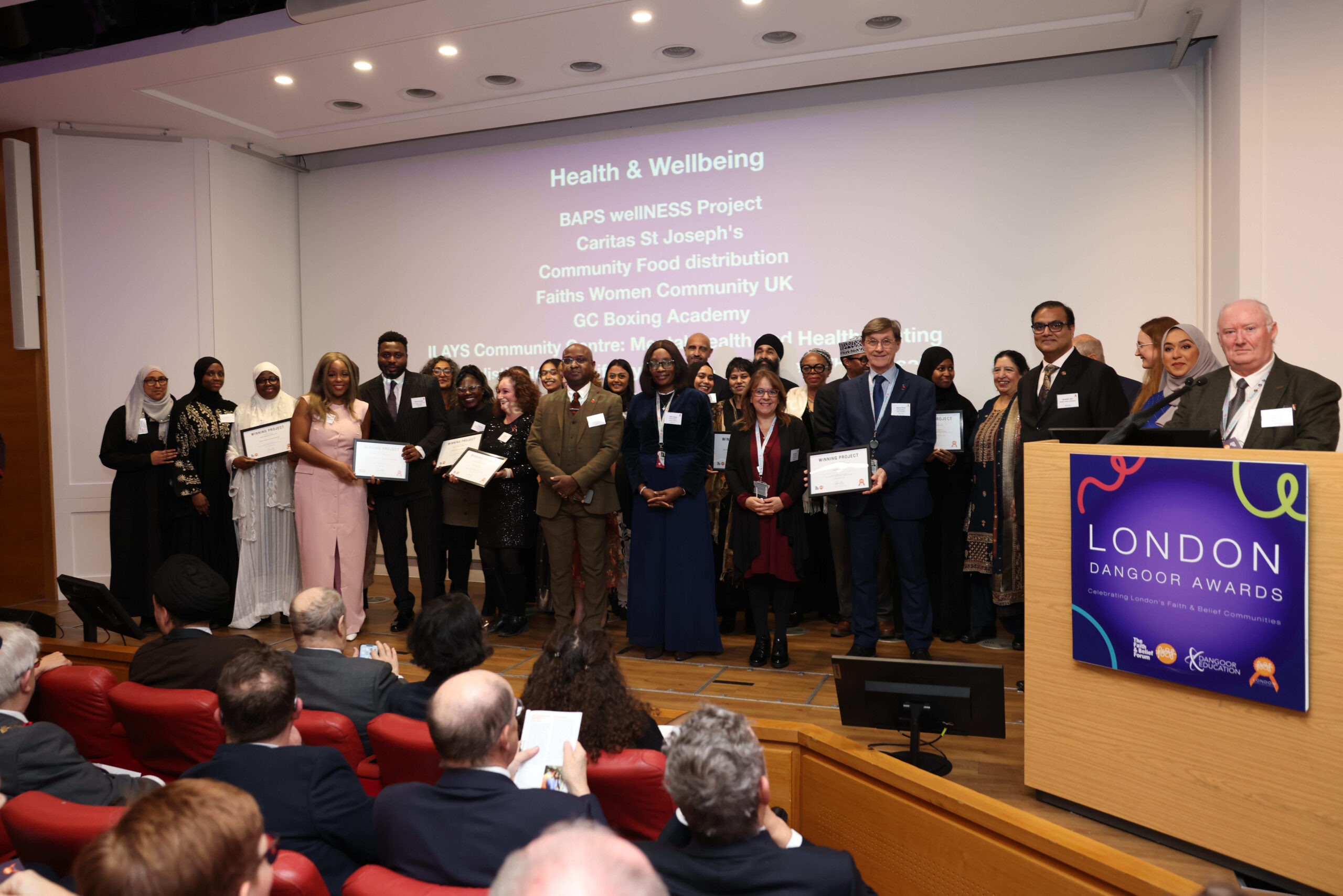To mark this year’s International Sign Languages Day, Shell Roca, Head of the Caritas Deaf Service, reflects on the beauty of diversity in sign languages around the world.
‘Talking about the Bible makes my day a good day.’
I sit back and observe as a group engages in animated discussion. They are learning more about the history of Walsingham, known as the ‘Nazareth of England,’ and have just learned about the new Feast of Our Lady of Walsingham. Cue questions galore, friendly disagreements, laughter and sharing; community at it’s best. You’re probably wondering what’s so special about this particular gathering. Well, perhaps the fact that all the events I’ve just mentioned are taking place in British Sign Language, because I am surrounded by members of the Deaf Community.
23rd September is International Sign Languages Day, which is also the beginning of the International Week of Deaf People. The Deaf Community here at the Diocese of Westminster mostly use British Sign Language (BSL), although there is a significant proportion with Irish Sign Language (ISL) as their first language and BSL their second. In fact, the ISL natives often take great delight in teasing the Caritas Deaf Service team, as we know very little ISL.
The unasked question: are BSL and ISL different? The answer is yes, very much so! Sign languages are as diverse as spoken languages. The UK, Ireland, Australia, New Zealand and the USA all share a common spoken language, but their sign languages are all different. While BSL has signs in common with the sign languages used in New Zealand and Australia, ISL shares some signs with American Sign Language (ASL) and even with French Sign Language! But they are still all distinct languages.

Over the years, many people have asked me if it wouldn’t be more useful to have one international sign language. But why should sign language be any different to spoken languages? Spoken languages have a rich heritage of using words from other languages while retaining their own uniqueness. In English, it is not just words like “ski” and “slalom” that have Scandinavian roots, but also “cosy,” “snug” and even “hug.” But that doesn’t mean we can speak Swedish, and sign languages are no different. There are some signs which are the same or very similar across the world, like “aeroplane” and “thank you,” and I am sure that a Deaf linguist would be able to tell you many more.
I am always amazed at how members of the Deaf community find a way to chat with other Deaf people even when there is a language barrier. On a trip to Padua many years ago, some of the Deaf Community from Westminster bumped into a local Deaf group; a long conversation ensued, with much good humour and camaraderie.
In so many places, sign language is considered an extra, an “add-on” to the spoken languages being used. Yet it is estimated that there are more than 300 different sign languages, used by more than 72 million Deaf or hard of hearing people worldwide. So today, as we celebrate all the different sign languages around the world, let us also take the opportunity to give sign language the visibility, respect and equality that it, and Deaf people, deserve.
Find out more about the Caritas Deaf Service here.




